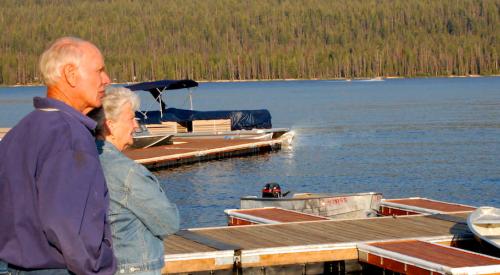When you’re in the business of building homes, knowing your buyer demographics is key, and it helps to have a pulse on who is moving and why. Fewer Americans are moving on average than they did in the past as mobility rates hit almost half of what they used to be in the 1940s, and young adults are particularly less inclined to pack up than before, according to the Joint Center for Housing Studies of Harvard University. But when people do move, a majority do it for one main reason: housing.
Packing boxes and moving trucks are a familiar experience for nearly everyone, whether their most recent move was last year or ten years ago. Americans have been moving much less than they did in the past, however, and I explore that trend in a new research brief released today. To accompany the brief, below are seven questions about residential mobility, providing a macro-level view of this universal activity. Due to the fact that the most recent mobility data are from 2019, I do not cover the effects of the COVID-19 pandemic on mobility, but I discuss a few possible implications below.
1. HOW MANY AMERICANS MOVE EACH YEAR?
For the past five years, just over 40 million Americans moved each year, according to American Community Survey (ACS) data. That calculates to about 13 percent of Americans moving each year.
2. WHAT IS THE MOST COMMON TYPE OF MOVE?
Most moves are local, either within the same county or within the same state. Within-county moves accounted for 65 percent of all moves in 2019, while moves between counties in the same state accounted for 17 percent, according to Current Population Survey (CPS) data. 14 percent of moves were across state lines in 2019 and moves from outside the country only accounted for 4 percent of all moves (Figure 1).













